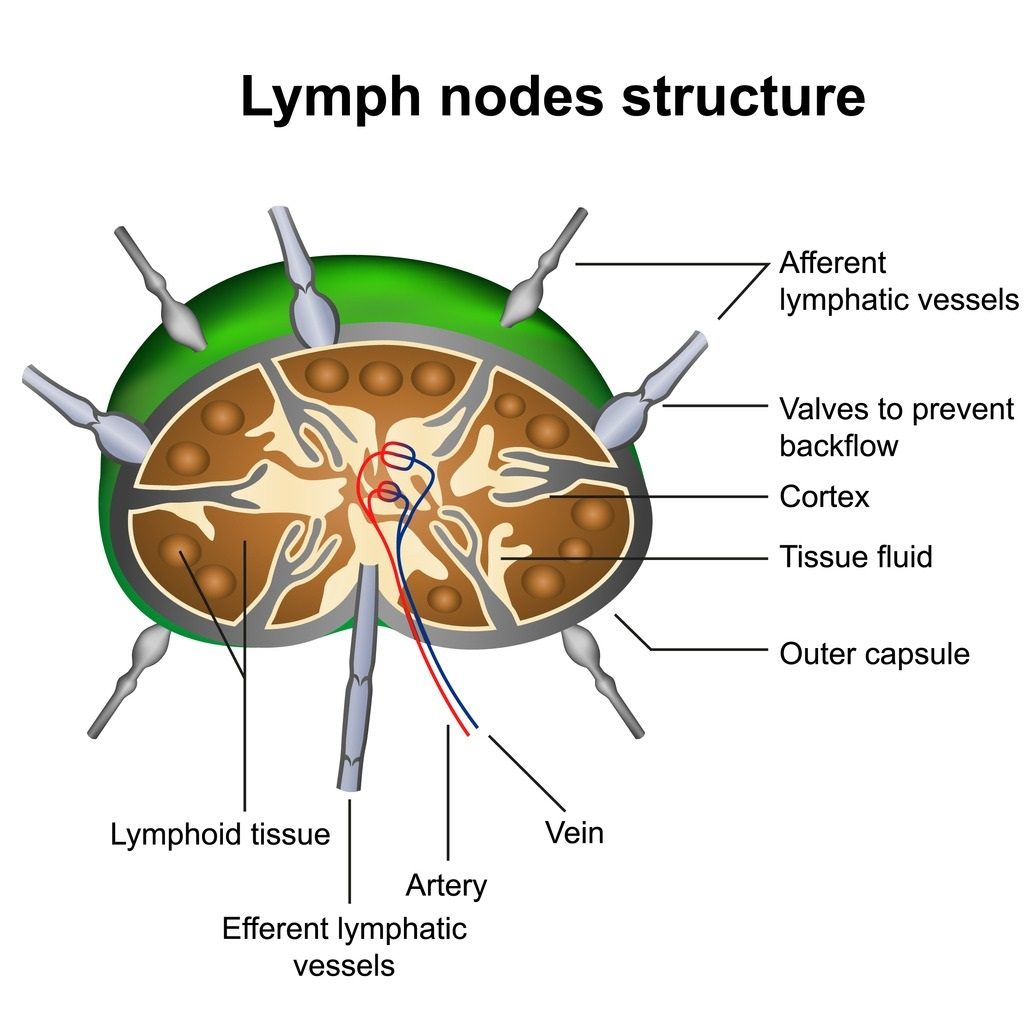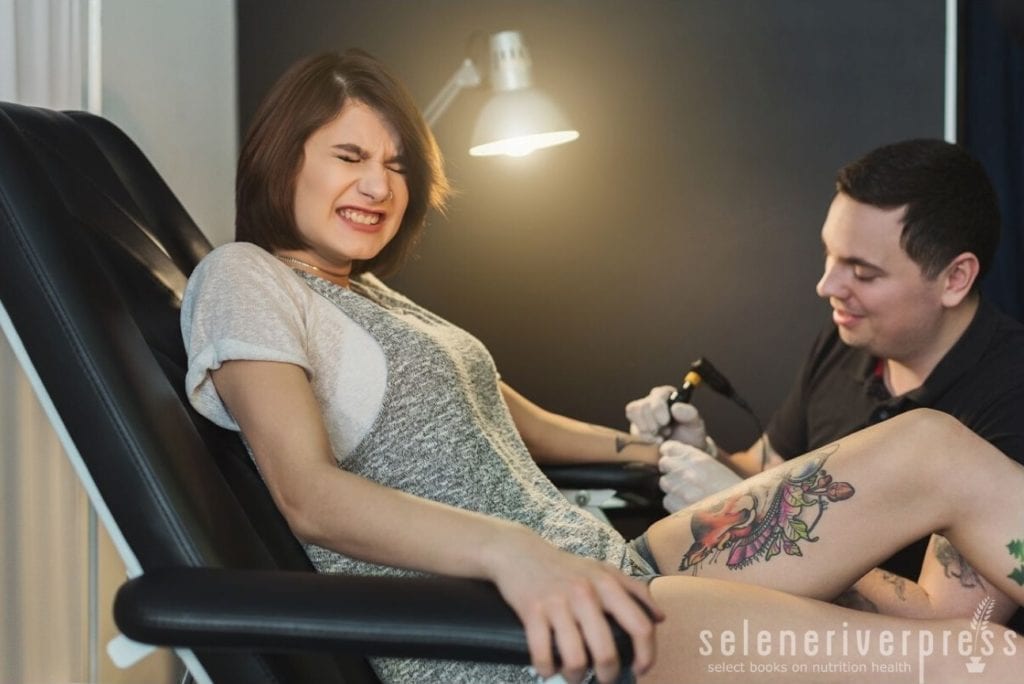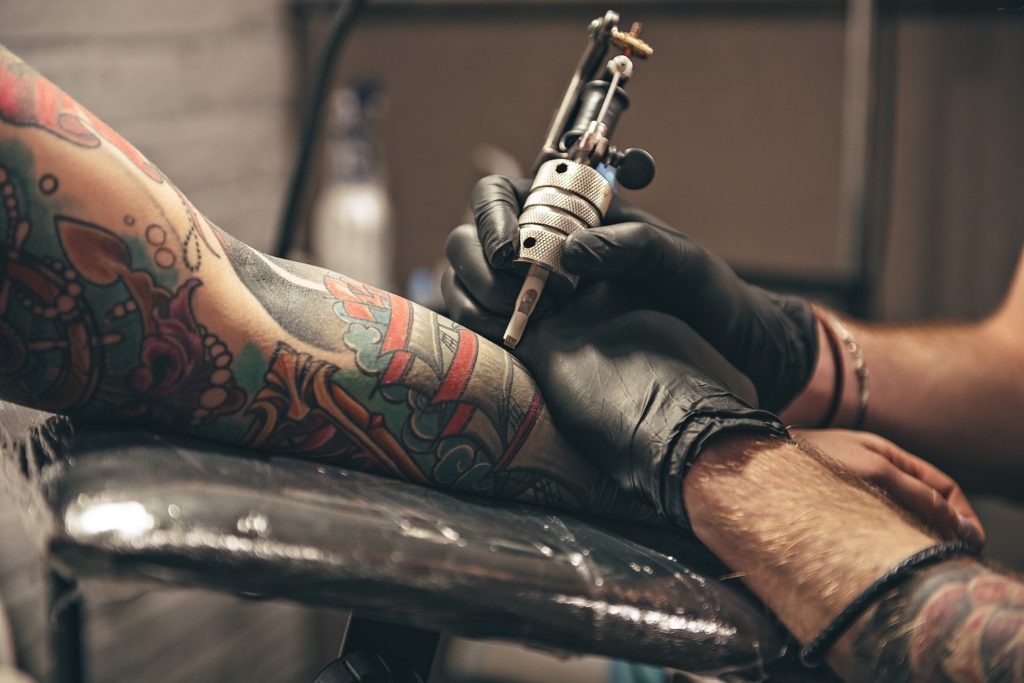I recently read an article about a beautiful young girl who honored her father by having 90 percent of her body tattooed! It was quite a sight to see her photos, and I had one of those gasping “oh no” moments. I wonder how she’ll feel about them later in her life and how many opportunities she may miss out on. I felt sadness for her as it was almost repulsive to see such a lovely face marred for life.
It was that one image that made me remember my mom’s tiny tattoo, and it piqued my curiosity about the psychology of tattoos in general. I began to wonder if there are any serious health dangers to not only getting a tattoo but also to getting it removed. Following is what I discovered. If you or a loved one is thinking about a tattoo—especially if you’re a young person or a parent counseling your child—please think carefully before inking your body or giving permission to someone in your care to have it done.
My Mom’s Tattoo Story
I vividly remember when, as a child, I saw a tiny tattoo, no more than three-quarters of an inch, on my mom’s upper right arm. It was a tiny bird with a letter in its mouth. As I was staring at it, she explained that it was called a tattoo.
My mother went on to tell me that she had it done upon the advice of a close friend. She’d been dealing with a persistent aching arm joint for many years, and her friend told her that if she got the tattoo, the pain would be gone. Apparently, the pain was particularly severe that day, so my mother agreed out of pure desperation, and they went to the only tattoo artist in their very small town. The pain in her shoulder was virtually gone by the time the tattoo was impressed on her shoulder, and it never returned! The tattoo artist explained that the electrical impulses would heal her arthritis, which is what he guessed she had. However, whether or not this was actually true or simply a placebo effect is still a mystery to me.
Despite the fact that her pain was gone, my mom was very embarrassed of her tattoo and always wore sleeved clothing to keep it hidden. This was the mid-1940s, and she was a very religious person. Back then, tattooing was considered an act of desecration and something that only a gang member would do.
I will dedicate the rest of this blog post to the dark side of tattooing, which has become so common even in younger teenage children. As your body ages, tattoos can lose all their former so-called beauty and become an ugly wrinkled masses that’s unrecognizable as healthy skin.
What Happens to Your Skin When You Get a Tattoo?
Below is a direct quote from the Wikipedia page about the process of tattooing. I want to include their definition here so that you, my dear readers (especially those of you who think there is not much to this practice), can see that tattoos are not merely colorful drawings that have no serious effects on your skin and other parts of your body. In fact, the process of getting a tattoo sounds quite complicated and possibly damaging. I truly believe that if the body could speak, it would be screaming with the destruction she was being made to undergo!
“Tattooing involves the placement of pigment into the skin’s dermis, the layer of dermal tissue underlying the epidermis. After initial injection, pigment is dispersed throughout a homogenized damaged layer down through the epidermis and upper dermis, in both of which the presence of foreign material activates the immune system’s phagocytes to engulf the pigment particles. As healing proceeds, the damaged epidermis flakes away (eliminating surface pigment) while deeper in the skin granulation tissue forms, which is later converted to connective tissue by collagen growth. This mends the upper dermis, where pigment remains trapped within fibroblasts, ultimately concentrating in a layer just below the dermis/epidermis boundary. Its presence there is stable, but in the long term (decades) the pigment tends to migrate deeper into the dermis, accounting for the degraded detail of old tattoos.”
Psychological Reasons People Ink Their Body
Before looking into the more serious physical consequences of tattooing, let’s examine the psychology of this practice. What to people get out of putting their bodies through what I would consider torture? My research leads me to believe that a tattoo is often used to mark some special event in life—for example, honoring the memory of a deceased relative or celebrating the birth of a first child. Others get tattoos depicting personal events and memories as a way of telling the story of their lives. Some even see it as an appealing form of art. (Not!) Finally, tattoos can serve as an initiation into a gang or other covert group.
On the other hand, many religious people think of tattoos as an aberration. According to their beliefs, their body is a temple that must be kept clean and unmarked. They often reference Leviticus 19:28 from the Old Testament: “You shall not make any cuttings in your flesh, for the dead, neither shall you make in yourselves any figures or marks: I am the Lord.”
Tattoo Needles and the Lymph Nodes
Tattoos can affect the lymph nodes, so before we continue let me first describe what function these serve in the human body. Here is an overview of the lymphatic system from MedLinePlus.gov:
“The lymphatic system is a complex network of thin vessels, valves, ducts, nodes, and organs. It helps to protect and maintain the fluid environment of the body by producing, filtering, and conveying lymph and by producing various blood cells. Lymph nodes play an important part in the body’s defense against infection. The most common cause of swollen lymph nodes is infection, which might occur even if the infection is trivial or not…When the body is invaded by foreign organisms, the painful swelling sometimes felt in the neck, armpits, groin, or tonsils comes from the microorganisms being trapped inside collections of lymph cells or nodes.”
Additionally, in an article about metal particles in tattoo needles, ScienceAlert.com explains that the minutest metal particles from tattoo needles can move through the body before being deposited in the lymph nodes. It goes on to say that tattoos are known to cause adverse reactions in some people, and occasionally the tattoo pigments in the body can later cause symptoms similar to those of lymphoma and melanoma.
You can see how brutal the tattooing process looks up close in this awesome slow-motion footage from the YouTube channel Smarter Every Day. (Personal note: this video is graphic and not for the faint of heart!)
In this consumer update about the safety of tattoos, the FDA Office of Cosmetics and Colors urges consumers to keep the following cautions in mind before getting a tattoo:
- Serious infections: Frequent causes of infections include unhygienic practices and equipment, ink contaminated with bacteria and mold, and nonsterile water to dilute the pigments. There is no guarantee that the ink is sterile—even if it is in a sealed ink container or has a label on the product that says sterile.
- Tattoo ink: According to research, some inks contain the very same pigments also used in printer toner and car paint. Additionally, the FDA itself does not approve injecting any pigments into the skin for cosmetic reasons.
- Common reactions: These can include rashes, redness, or bumps in the area of your tattoo. Developing a fever is another common reaction. However, more aggressive infections can lead to high fevers, including shaking, chills, and sweats. Such persistent infections can require a variety of antibiotics, which you may need to take for months. Possible outcomes even include hospitalization and/or surgery. Be sure to pay attention to any rashes as they can be a sign that you’re having an allergic reaction. The reaction may persist because the inks are permanent.
- Scar tissue: Tattoos can lead to scar tissue or even cause you to develop granulomas, small knots or bumps that the body interprets as foreign objects.
- MRI reactions: Though this happens rarely, people with tattoos have experienced swelling and burning sensations when getting an MRI (magnetic resonance imaging). If you have a tattoo, advise your health care professional before getting an MRI procedure.
- DIY tattoo inks and kits: These do-it-yourself kits have been known to cause allergic reactions and infections. Consumers may not understand how to avoid the sources of contamination when using such kits and inks.
- Future consequences: The long-term consequences of imprinting a tattoo on your skin are still being researched by the FDA and others. If your tattoo contains p-phenylenediamine (PPD), you may be at risk of developing severe allergic reactions to other products such as hair dyes.
- Removal of tattoos: This may be harder than you think. To quote directly from the FDA article:
“We don’t know the short- or long-term consequences of how pigments break down after laser treatment. However, we do know some tattoo removal procedures may leave permanent scarring.”
“Remember, too, that removing a tattoo is a painstaking process, and complete removal without scarring may be impossible…
“If you do decide to get a tattoo, make sure the tattoo parlor and artist comply with state and local laws. The National Conference of State Legislatures has a web page on state requirements for tattooing. For information on local regulations, contact your county or city health department.”
In closing, it is my hope that this information will inspire you to keep your body free and beautiful—exactly like the day you came to grace the world. If you were meant to be marked, surely you would have been born that way. Instead, make your mark in the world with your beautiful smile.
[xyz-ihs snippet=”Begin-Authors-Note”]Afterthoughts from the Traditional Cook
Free Will Can Sometimes Be Our Worst Enemy
My father had a great way of admonishing my brother and me when one of us was tempted to do some insane thing. He was a quiet man, but his piercing black eyes would look straight into ours and he would say, “Go ahead steamboat, hell ain’t hall full.” If we persisted, he would sometimes stop us cold with a simple thump on the head and forbid us to carry on. Yes, those were the days when parents meant what they said—and children obeyed their parents. I hope then that this blog post will give every parent the courage to help their children understand the disasters of tattooing. Those children will no doubt thank you many times over when they get out in the world and confront the rigors of a career that would be doubly more difficult with their body inked with senseless markings.
—Maria Atwood, CNHP
Disclaimer from Maria Atwood, CNHP: I am a Certified Natural Health Professional, CNHP, not a medical doctor. I do not diagnose, prescribe for, treat, or claim to prevent, mitigate, or cure any human diseases. Please see your medical doctor or health practitioner prior to following any recommendations I make in my blog posts or on my website.
Images from iStock/Prostock-Studio (main), medicalstocks (lymph node), YakobchukOlena (arm getting tattooed).





Very good article. I think most young people do this because it’s a fad, which they will regret later on in life.
This article should be published all newspapers around the country.
What a great idea, rgallegos! I’ll see what I can do about that.